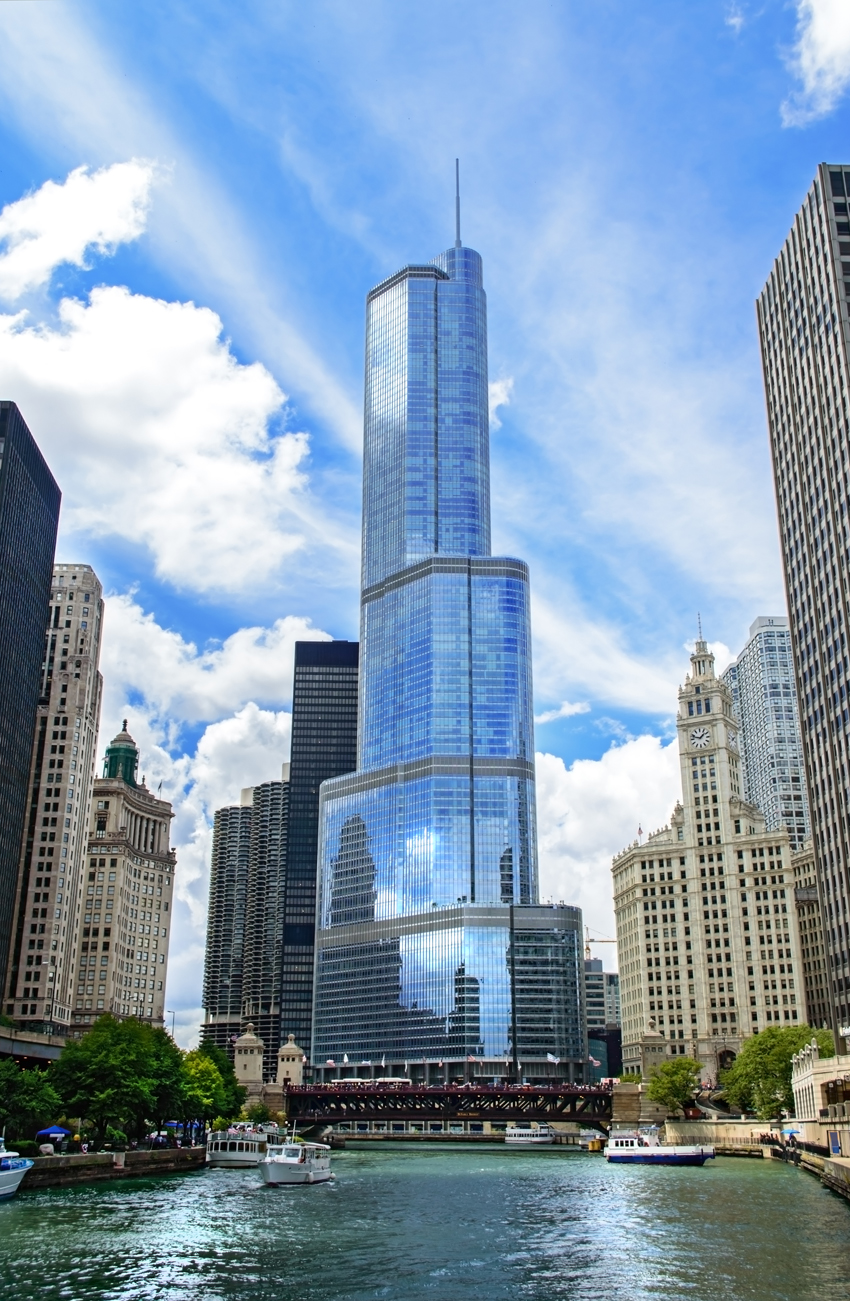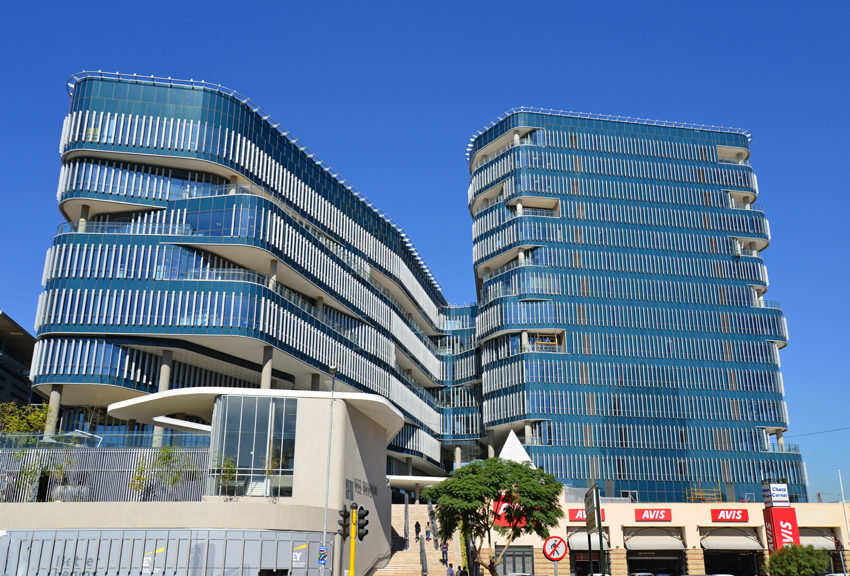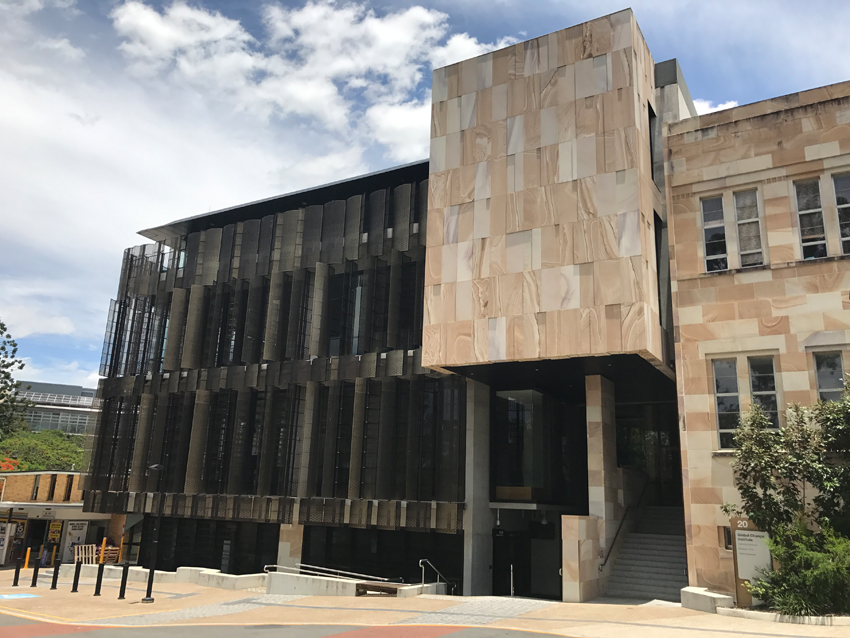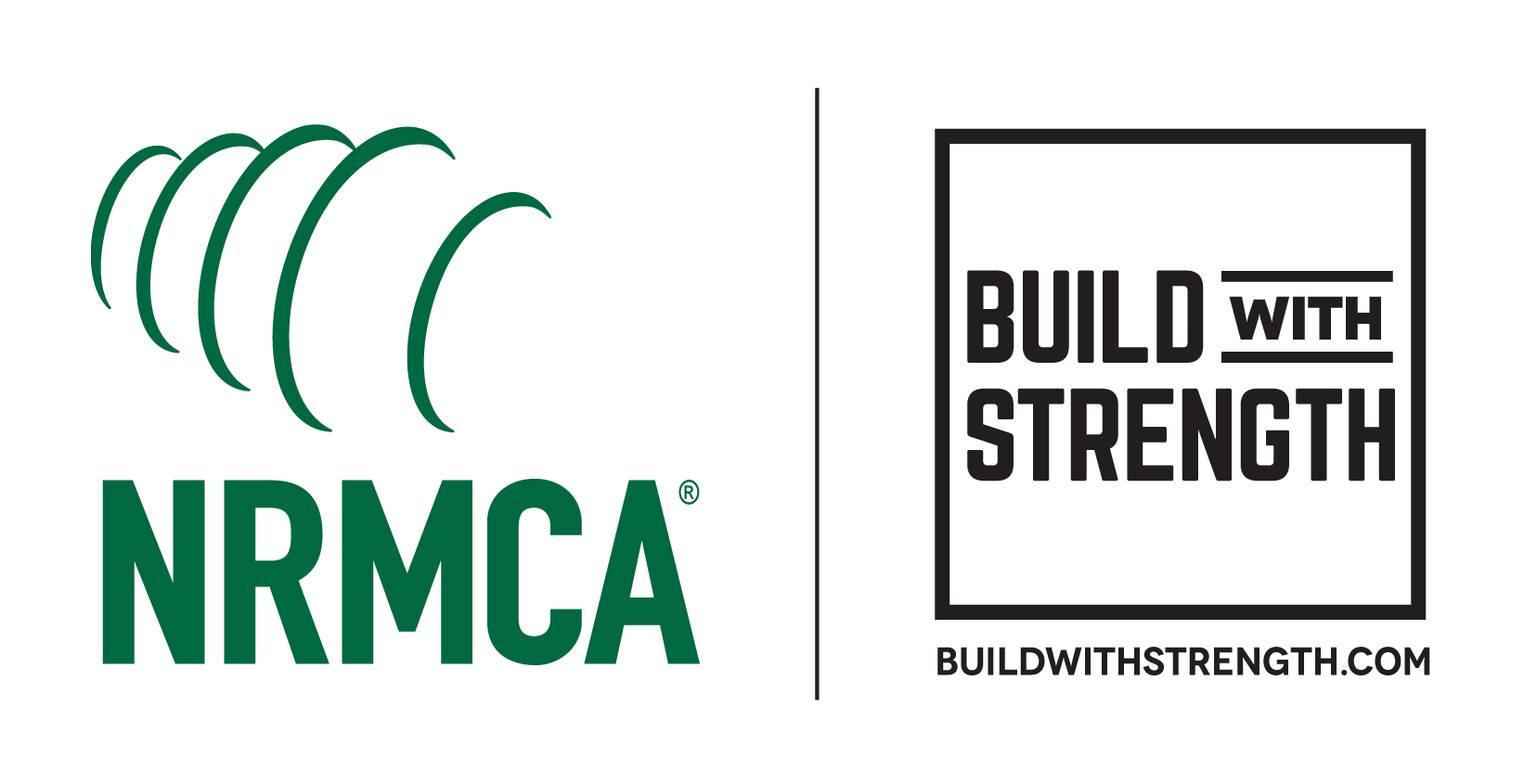Concrete Innovations
Geopolymer Concrete
Although we are likely years away from widespread commercialization, one of the more interesting areas of research and development is on geopolymer concrete, which uses fly ash and/or slag and chemical activators as the binder in place of portland cement. Geopolymer concrete is made by using a source of silicon and aluminum, usually fly ash or slag, and combining it with an alkaline activating solution that polymerizes these materials into molecular chains to create a hardened binder. The more common activating solutions include sodium hydroxide or potassium hydroxide, which liberates the silicon and aluminum.
Compressive strength of geopolymer concrete is comparable to portland cement concrete or higher, and strength gain is generally faster with strengths of 3,500 psi or higher at 24 hours. Compressive strengths at 28 days have shown to be 8,000 to 10,000 psi. Research shows that geopolymer concrete has lower drying shrinkage, lower heat of hydration, improved chloride permeability, and is more resistant to acids. And its fire resistance is considerably better than portland cement concrete, which is already highly fire resistant, making geopolymer concretes ideal for special high-temperature applications.
To date, most of these products have not developed beyond the research and development stage. A company called Ceratech launched geopolymer concrete in in 2002 but later closed. A product called Pyrament was launched in the 1980s but was not successfully commercialized. Some of the drawbacks include the high cost and energy to produce the chemical activator, the difficulty and safety concerns in handling a highly alkaline solution, and the need to control temperature during the curing process. In addition, building code approvals are always a hurdle. Currently the most promising applications are in severe environments, such as precast concrete bridges, or other specialty applications, such as high-acid or high-temperature environments or for rapid repair.
The key to geopolymer concrete commercialization will be to develop low-cost, easy-to-use activators. One promising development is at Rice University, where engineers have developed a geopolymer concrete that requires only a small fraction of the sodium-based activation chemicals used in other geopolymer concretes. According to the researchers, they used sophisticated statistical methods to optimize the mixing strategies for ingredients. This resulted in an optimal balance of calcium-rich fly ash, nanosilica, and calcium oxide with less than 5 percent of the traditional sodium-based activator.
Conclusion
More than 20 billion tons of concrete are produced around the world each year. As a result, concrete construction contributes about 5 percent of global CO2 emissions primarily due to the cement manufacturing process. The demand for concrete will likely continue to grow as the population grows. In addition, the demands on strength, durability, and workability will continue to increase. A combination of traditional and advanced technologies will help meet these new demands. Technologies such as TiO2 cements, SCC, SCMs, and fibers are being used now to varying degrees with outstanding results. Carbon capture and sequestration are in their infancy but show great promise. Fly ash beneficiation will help meet the demand for affordable, high performance concretes, and geopolymer concretes may one day help make concrete carbon neutral without sacrificing performance.
End Notes
1TX Active. Lehigh Hanson. Web. 29 April 2021
2Ductal. Web. 29 April 2021
3First Graphene. Web. 29 April 2021
4CarbonCure. Web. 29 April 2021
5Solidia Technologies. Web. 29 April 2021
6Blue Planet. Web. 29 April 2021
7Greener Cement. Web. 29 April 2021












